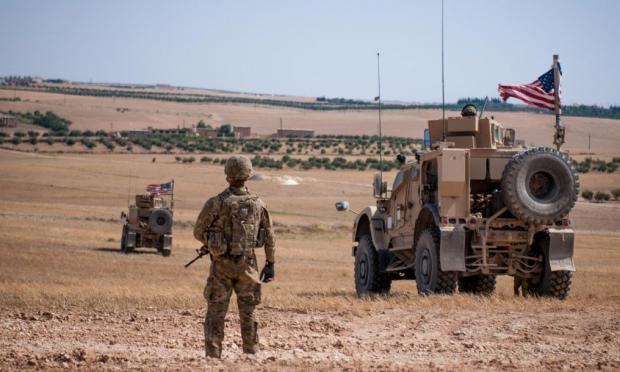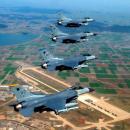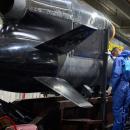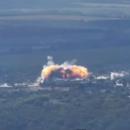Since President Biden ordered the withdrawal of combat troops from Afghanistan, US military officials have been hoping to reposition forces in neighboring countries. On Tuesday, Pakistan ruled out the possibility that it would be used as a base for US operations in Afghanistan or any other US wars.
Speaking to reporters in Islamabad, Foreign Minister Shah Mehmood Qureshi said Pakistan has adopted a policy that allows it to become “only partners in peace” and not join any future US war.
“No sir, we do not intend to allow boots on the ground and no [US] bases are being transferred to Pakistan,” Qureshi said when asked if Islamabad is under pressure to host US troops.
US officials have said they are considering repositioning forces leaving Afghanistan into Tajikistan, Kazakhstan, or Uzbekistan, but Washington has no basing agreements with these Central Asian countries.
“We will look at all the countries in the region, our diplomats will reach out, and we’ll talk about places where we could base those resources,” Gen. Frank McKenzie, the head of US Central Commands, told Congress in April. McKenzie said it would be “harder” but “not impossible” to bomb Afghanistan after the withdrawal.
The US plans to continue supporting the Afghan military financially and is considering training the Afghan forces in other countries.
President Biden has ordered all combat troops to leave Afghanistan by September 11th. On Tuesday, CENTCOM said the withdrawal was about six to 12 percent complete.
It Will be ‘harder’ to bomb afghanistan after withdrawal but ‘not impossible’
The US military is looking for ways to maintain the ability to bomb targets inside Afghanistan without a troop presence in the country. On Tuesday, Gen. Frank McKenzie, the head of US Central Command, said it would be “harder” but “not impossible” to strike targets inside Afghanistan if President Biden follows through on his withdrawal plan.
“If you leave Afghanistan and you want to go back in to conduct these kinds of operations, there are three things you need to do: you need to find the target, you need to fix the target, and you need to be able to finish the target,” McKenzie told the House Armed Services Committee.
“The first two require heavy intelligence support. If you’re out of the country, and you don’t have the ecosystem that we have there now, it will be harder to do that. It is not impossible to do that,” he said.
Last week, a report from The New York Times said the US is considering repositioning forces to neighboring Tajikistan, Kazakhstan, and Uzbekistan. McKenzie said the US currently has no basing agreements with these countries but suggested the US could be working on possible deals. “We will look at all the countries in the region, our diplomats will reach out, and we’ll talk about places where we could base those resources,” he said.
Secretary of State Antony Blinken made similar comments on Sunday. He said the US will “have the means” to monitor Afghanistan and “take action” if needed. Last week, Secretary of Defense Lloyd Austin did not disclose details on where the US plans to reposition “counterterrorism assets” but said the US has the “reach and the ability” to “acquire targets and engage them in places where we are not.”
Austin also said the US plans to continue “paying salaries” to the Afghan military. While Biden said he plans to withdraw all troops by September 11th, it’s not clear if the plan extends to the 18,000 contractors in Afghanistan that are employed by the Pentagon, which the Afghan military relies on for maintenance and repairs.















